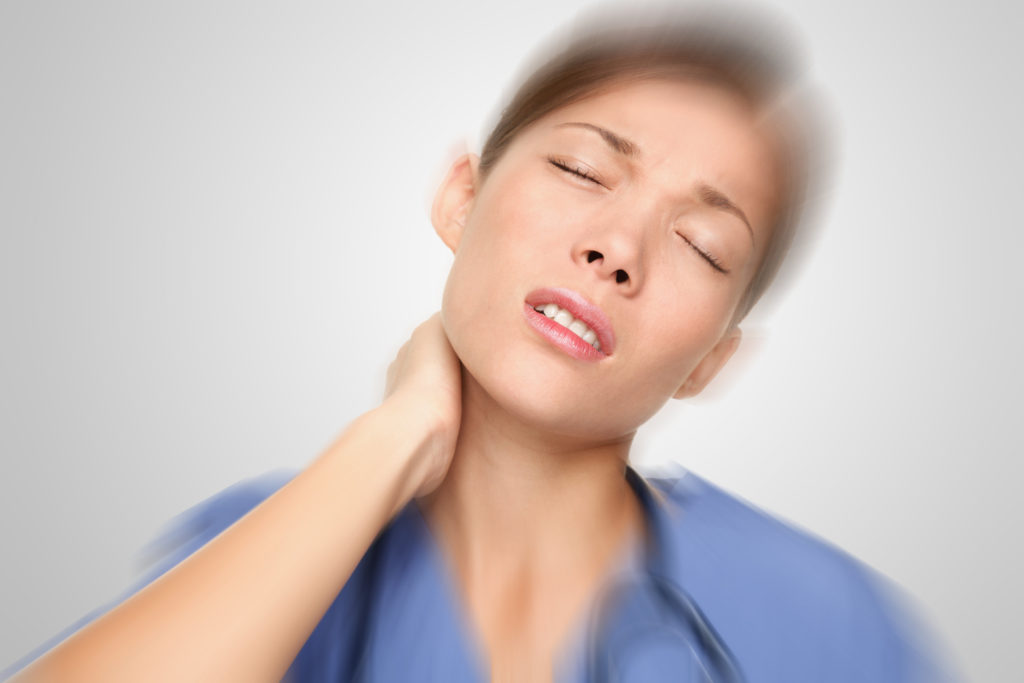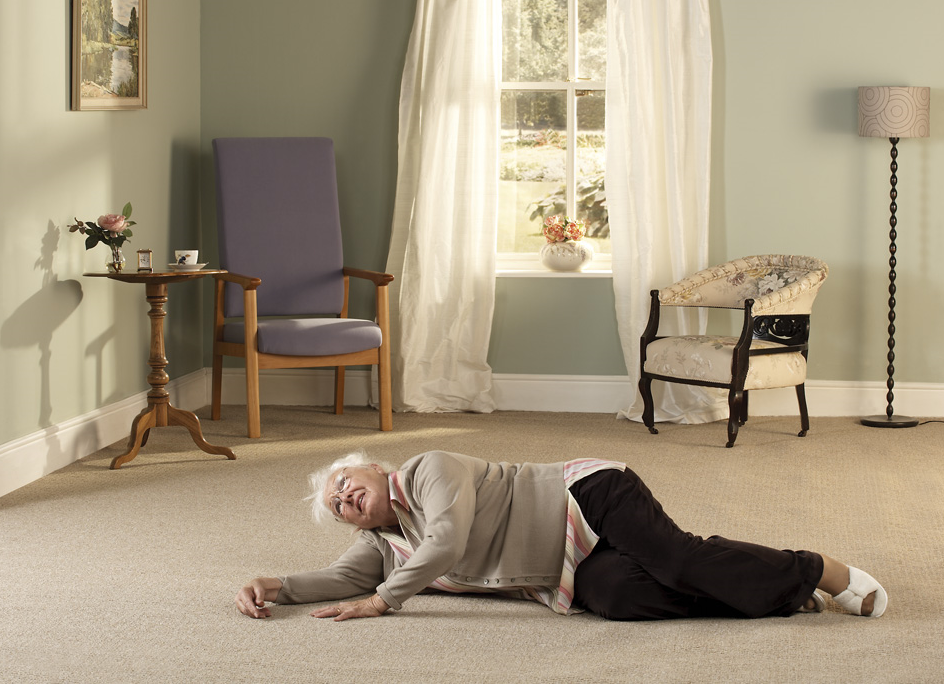Fill our form to download your free research report, written by Dr Mark Hawker.
Outdated Manual Handling Practices Cause A Rise In Injuries To Care Workers
Working in healthcare can be a demanding job, not only emotionally but also physically. Carers frequently use their own strength to provide manual assistance, whether that’s lifting, moving or repositioning a resident, which puts repeated strain and pressure on their bodies.

The greatest risk which healthcare workers face through manual handling are musculoskeletal injuries, which includes; disc degeneration or prolapse, lower back pain, pulled or torn ligaments, strained muscles, nerve damage and herniated discs.
MSDs account for 41% of all work related ill-health in 2015/16
Health and Safety Executive, 2016
Manual handling injuries are becoming even more common due to the outdated manual handling technique of physically moving a resident with equipment such as the ‘Moving and Handling Belt’ or also known as the ‘Transfer Belt’. This technique combined with the increasing number of bariatric patients and residents leaves a rising number of healthcare workers being injured, taking time off sick and needing to retire early.
More than 900 adult social care workers a day quit their job in England last year, new figures reveal.
- Skills Care Charity 2016
Data gathered by the charity Skills for Care in 2016 found:
- An estimated 338,520 adult social care workers left their roles in 2016. This is the equivalent of 928 people leaving their jobs every day.
- 60% of those leaving a job were in the adult social care sector.
- There was an estimated shortage of 84,320 care workers, meaning around one in every 20 care roles remains vacant.
With this in mind, it’s important to be active in trying to retain the health and well-being of our current care home staff and create a safer environment for them to work in by reducing MSDs and work-related ill-health by protecting them from manual handling injuries.
By updating manual handling practices we can help prevent long-term physical and physiological damage. Using appropriate lifting equipment has been shown to be a practical and beneficial solution.
The Mangar Camel and Mangar ELK emergency lifting cushions can lift between 50 – 70 stone and are lightweight, portable, simple to use and take away the need to manually lift a resident and therefore protects the caregiver.
If you’re interested in finding out further information regarding the Mangar Camel or ELK or would like to request a free product please click here.
- August 31, 2017
- Care Home
- Patient Lifting Products












